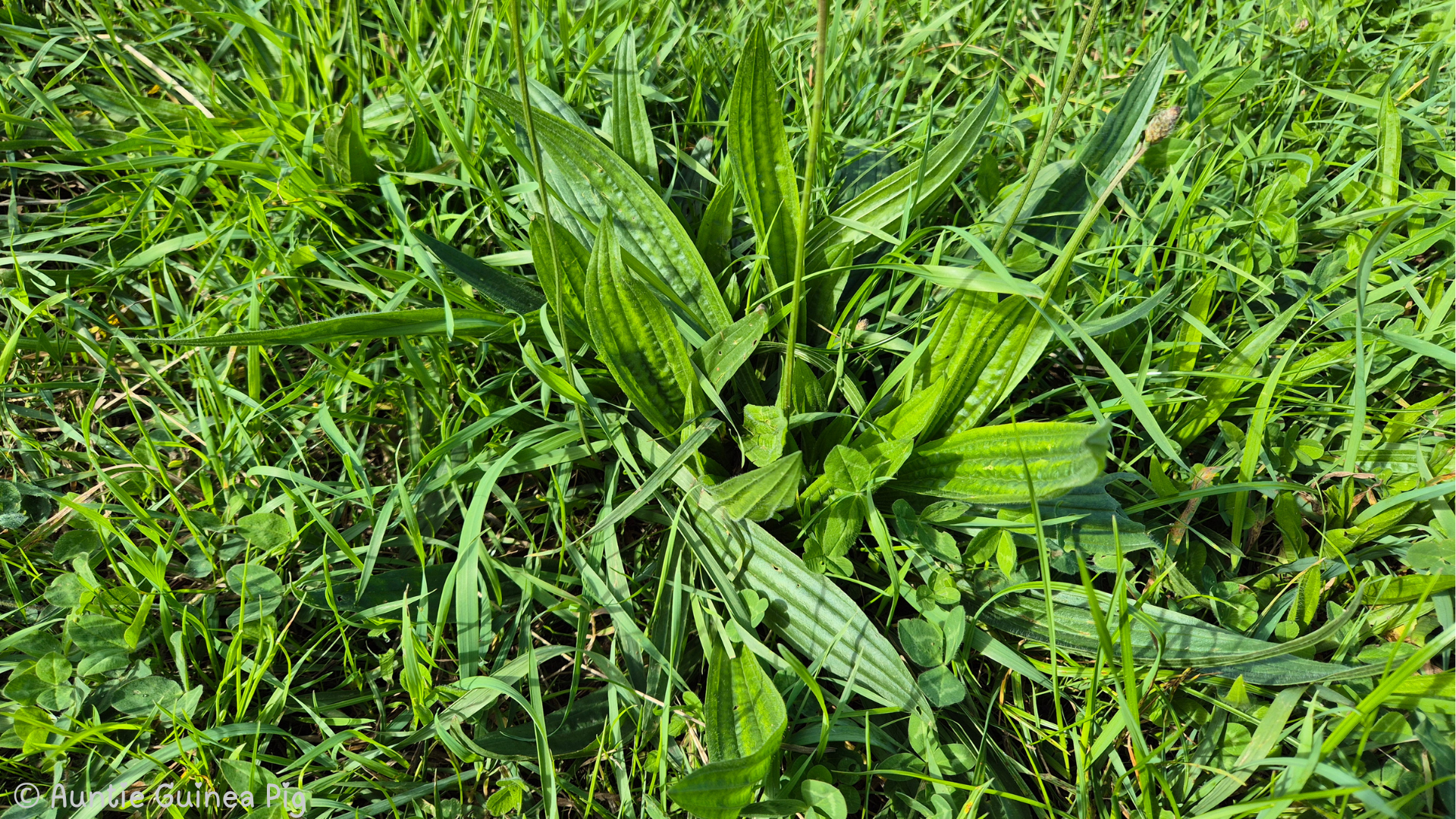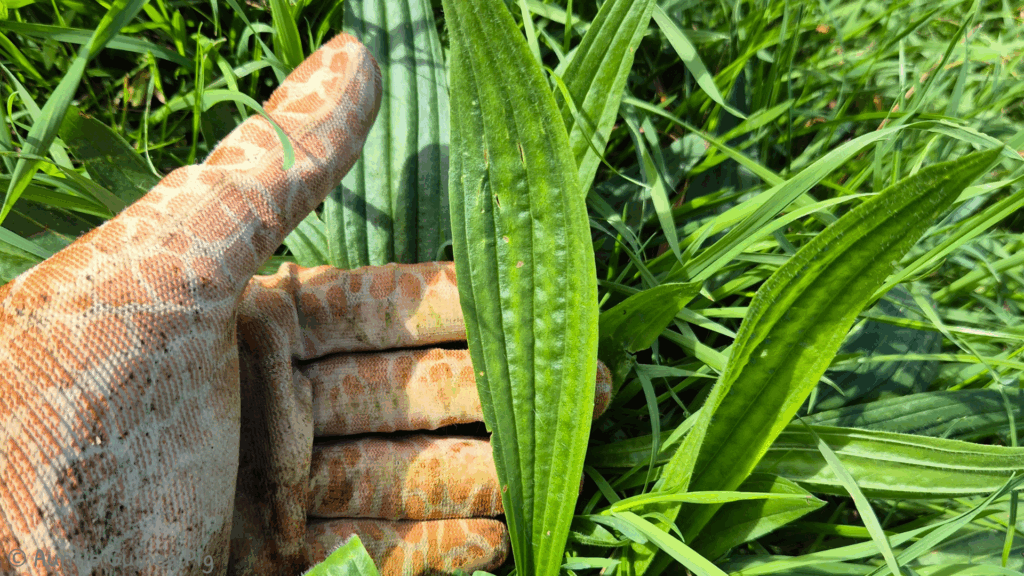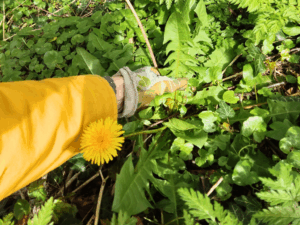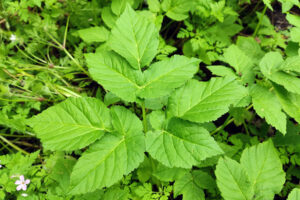Ribwort plantain, Foraging Guide for Guinea Pigs
Can guinea pigs eat ribwort plantain?
This plant is edible for guinea pigs
Where?
Native to Europe and Asia. Invasive in North America and Australia. Likes open areas and grasslands
When?
May to September
What?
Medicinal plant for the airways. Leaves, stem, root and flowers are edible
How to recognize ribwort plantain
Ribwort plantain is easy to recognize by its long ‘fingered’ leaves with clearly defined ribs or veins. The leaves are a little hairy and feel rough when rubbed. A healthy, clean plant has a shine to the leaves. From the middle of the plant, long leafless stems with white-brown flower heads bloom. Even without flowers the plant is easy to recognize. When given the chance the plant will grow to half a meter height. But under tougher circumstances it will grow close to the ground and not exceed 10 centimeters.[2]
All types of plantain are edible to guinea pigs, so you don’t have to worry about different family variations with this plant. The taste of the plant is mushroom-y, musky and bitter.[1][2]

When and where does plantain grow
Plantain hibernates to survive the winter and will begin to create new leaves in the middle of spring[1][2] The plant often occurs on grasslands and open spaces, even in dry environments like sand and next to roads.

Different names for ribwort plantain
Ribwort plantain is most commonly used, named after the plant’s ribbed leaves. Here are some common names in different languages.
| Latin | Plantago lanceolata |
| English | Ribwort plantain – Narrowleaf plantain, ribleaf, buckhorn |
| German | Spitzwegerich |
| French | Plantain lancéolé |
| Spanish | Llantén menor |
| Dutch | Smalle weegbree |
| Danish | Lancetvejbred |
Contents and medical uses of ribwort plantain
Plantain is a very important medicial herb. It has antibacterial and cleansing properties[1] for both inside and outside use. Plantain is important for its high amount of mucilage. This makes it a nurturing plant for mucous membranes, useful to treat upper respiratory infections, bronchitis, eye and mouth sores.[2][3][4] It also contains a lot of vitamin C and B.[1]
On the skin, plantain can be used to treat insect bites and wounds. Breaking and rubbing a leaf on a fresh nettle sting or bug bite will bring relief, because of the healing mucilage. The leaves in particular contain a lot of irdoids, which have an antipruritic effect.[4]
Freshly picked, your guinea pig (and you!) can eat the flowers, the stems, the roots and the leaves. Guinea pigs will usually prefer to eat just a few leaves when they feel it is needed. The taste is quite bitter and musky and a little like mushrooms, especially the flowers.[1]
How to plant plantain yourself
Plantain is a survivor. It can thrive in many different environments where other plants cannot. It can be grown from seed or the roots of an existing plant can be replanted. Keep in mind that plantain has been invasive in North America and Australia for 200 years, and planting new plants there can harm local flora. In Europa and Asia, the plant is considered a pesky weed. Be mindful that ribwort plantain can cause hay fever, because it produces a lot of pollen.[2] Luckily the plant itself can be used to treat hay fever as well, for a long-term immunizing effect[4]
Sources
- Eetbare Wilde Planten (Fleischhauer, S.G., Guthmann, J., Spiegelberger, R.), 2015. Schildpad Boeken, ISBN: 978-90-77463-25-3. Transl. from German
- Welke Eetbare Wilde Plant is dat? (Bastgen, C., Schröder, B., Zurlutter, S.), 2023. Kosmos Uitgevers, ISBN: 978-90-4392-881-6. Transl. from German
- Kruiden: Geneeskracht & Boodschap. Jaaropleiding Kruidenvrouw. (Jongbloed, A.), 2023. Self-published. Dutch.
- Fytotherapie, Medicinale Kruiden- En Plantengids, 2021. De Driehoek Uitgevery, ISBN: 2-914923-20-1.








